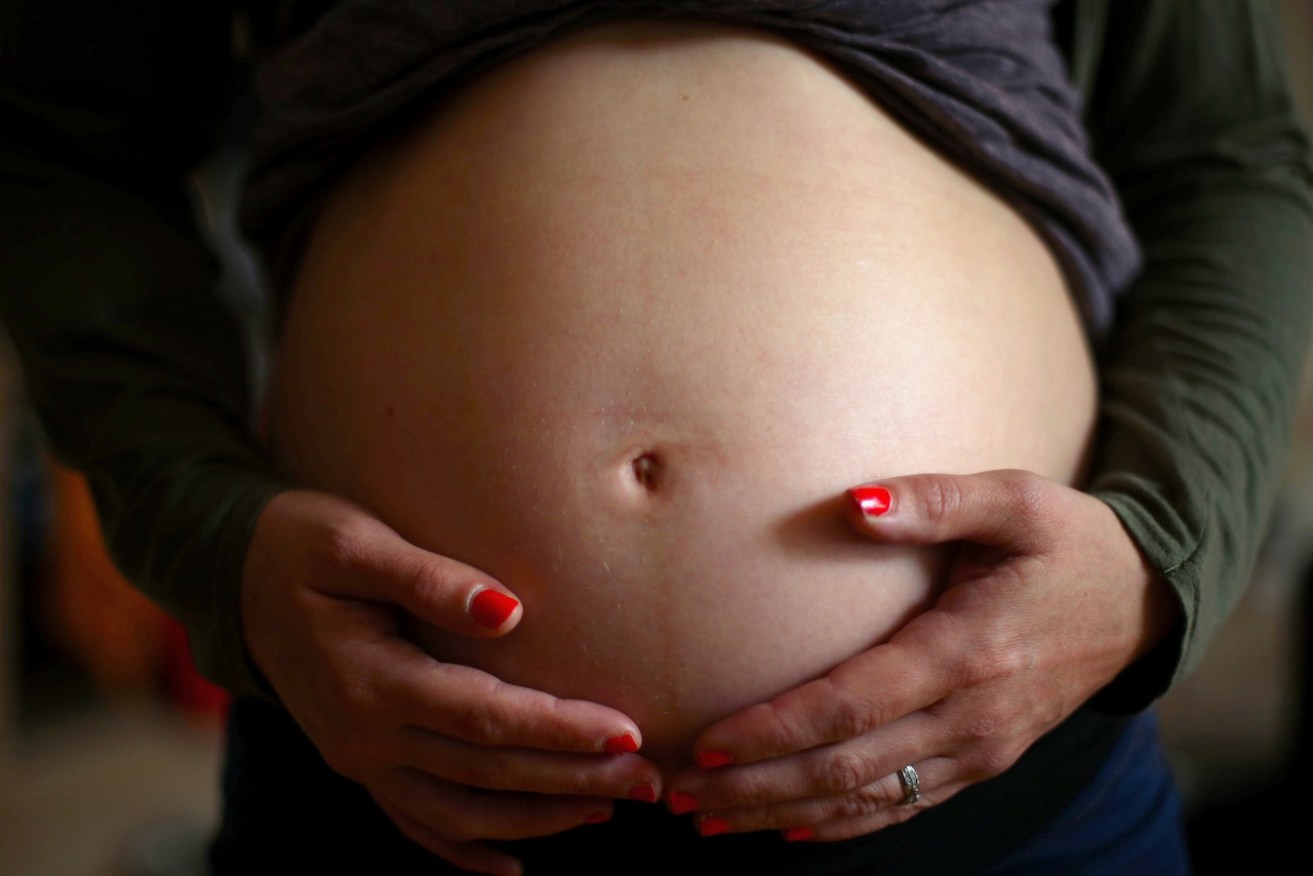A report by the Australian Institute of Health and Welfare finds that South Australia’s birth rate has dropped from 61 per 1000 women in 2010, to 55 per 1000 women in 2020.
Only Victoria, which dropped from 64 down to 54 births per 1000 women, is lower.
New South Wales is equal with South Australia, with all states and territories recording a decline in birth rates. The Northern Territory – which has the nation’s highest – also dropped from 72 to 65 births per 1000 women.
Deanna Eldridge, the head of the Perinatal Data Unit at the Australian Institute of Health and Welfare, told InDaily the national trend was primarily driven by women waiting longer to have children.
“The average age of all mothers has gradually and consistently increased over time – from 30 years in 2010 to 30.9 years in 2020,” she said.
“This pattern is even more pronounced for first-time mothers, increasing from 28.3 years in 2010 to 29.6 years in 2020. Generally speaking, having children later in life leads to fewer children.”
The data shows South Australian women are waiting longer to start families, with the average age of a mother now 30.7 years.
The proportion of mothers under the age of 20 dropped from four per cent in 2010 down to 1.8 per cent, while those aged 20-24 dropped from 15 per cent down to 10.4 per cent.
The trend was reversed for older age groups, with the proportion of mothers aged 30-34 rising from 30.8 per cent to 36.7 per cent, and those aged 35-39 rising from 16.8 per cent to 19.7 per cent.
Eldridge noted that South Australians were more likely to access antenatal care early in the pregnancy.
“South Australia has very high levels of mothers accessing antenatal care in the first trimester and attending five or more antenatal visits (85 per cent and 97 per cent in 2020, respectively),” she said.
This sits above the national average of 79 per cent of women accessing antenatal care in the first trimester, and 97 per cent of mothers attending 5 or more antenatal visits.
Eldridge said that although the data includes the first babies born during the pandemic, most of the demographic impact is yet to be seen.
“This is our first year of data on babies born during the pandemic, but most babies conceived in 2020 were born in 2021, and it will be really important to monitor the data in future years for any flow on effects from pandemic,” she said.





